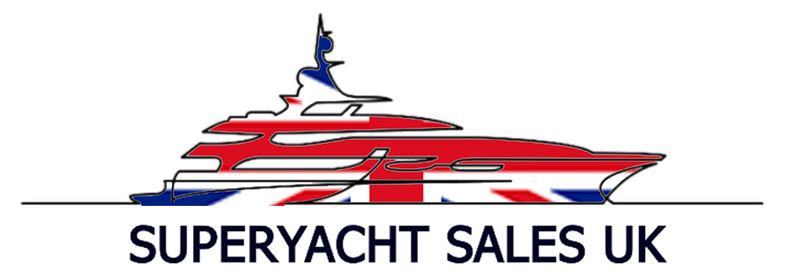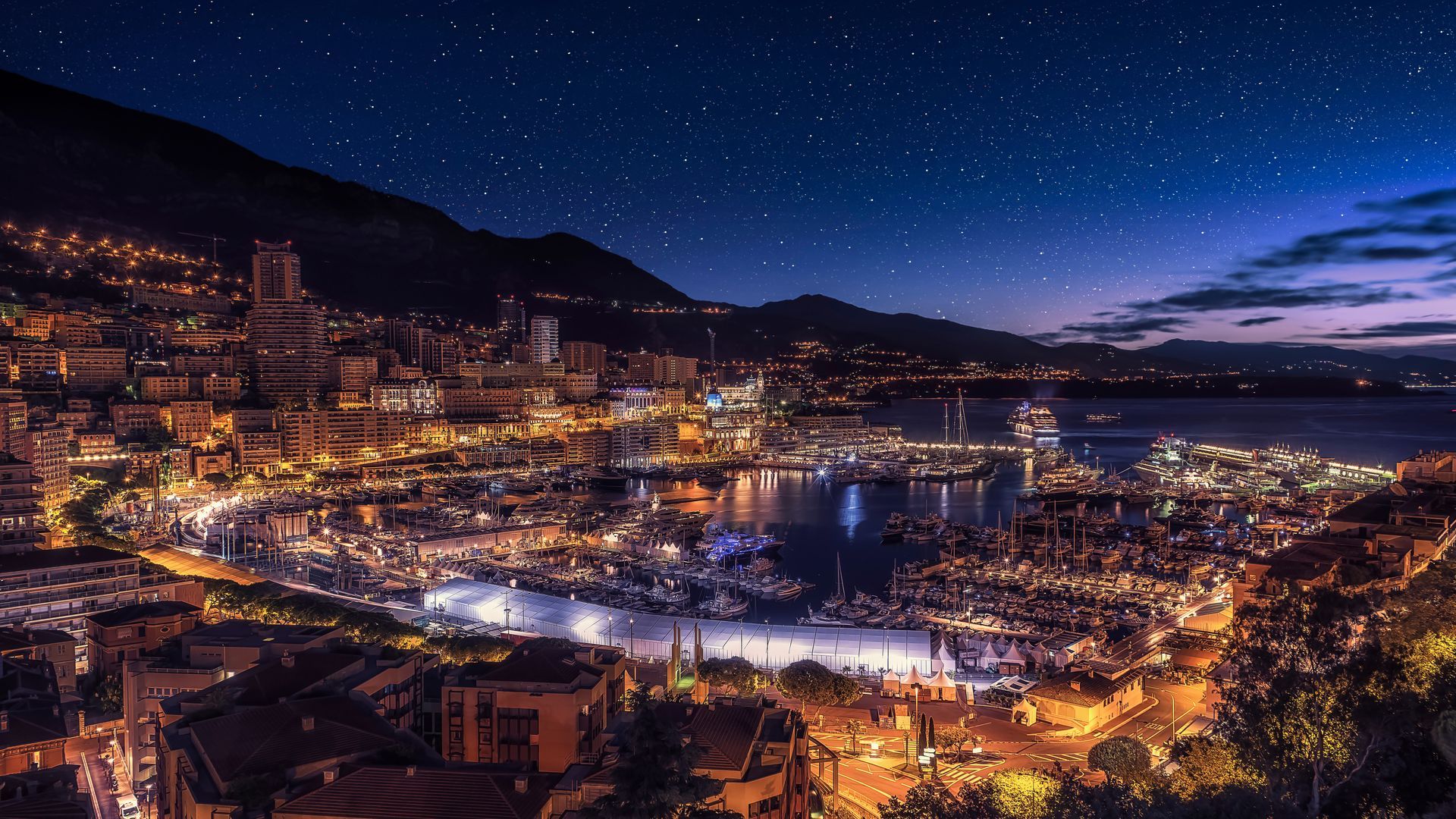The Future of Superyacht Construction: Trends Shaping the Industry in 2024
The Future of Superyacht Construction: Trends Shaping the Industry in 2024
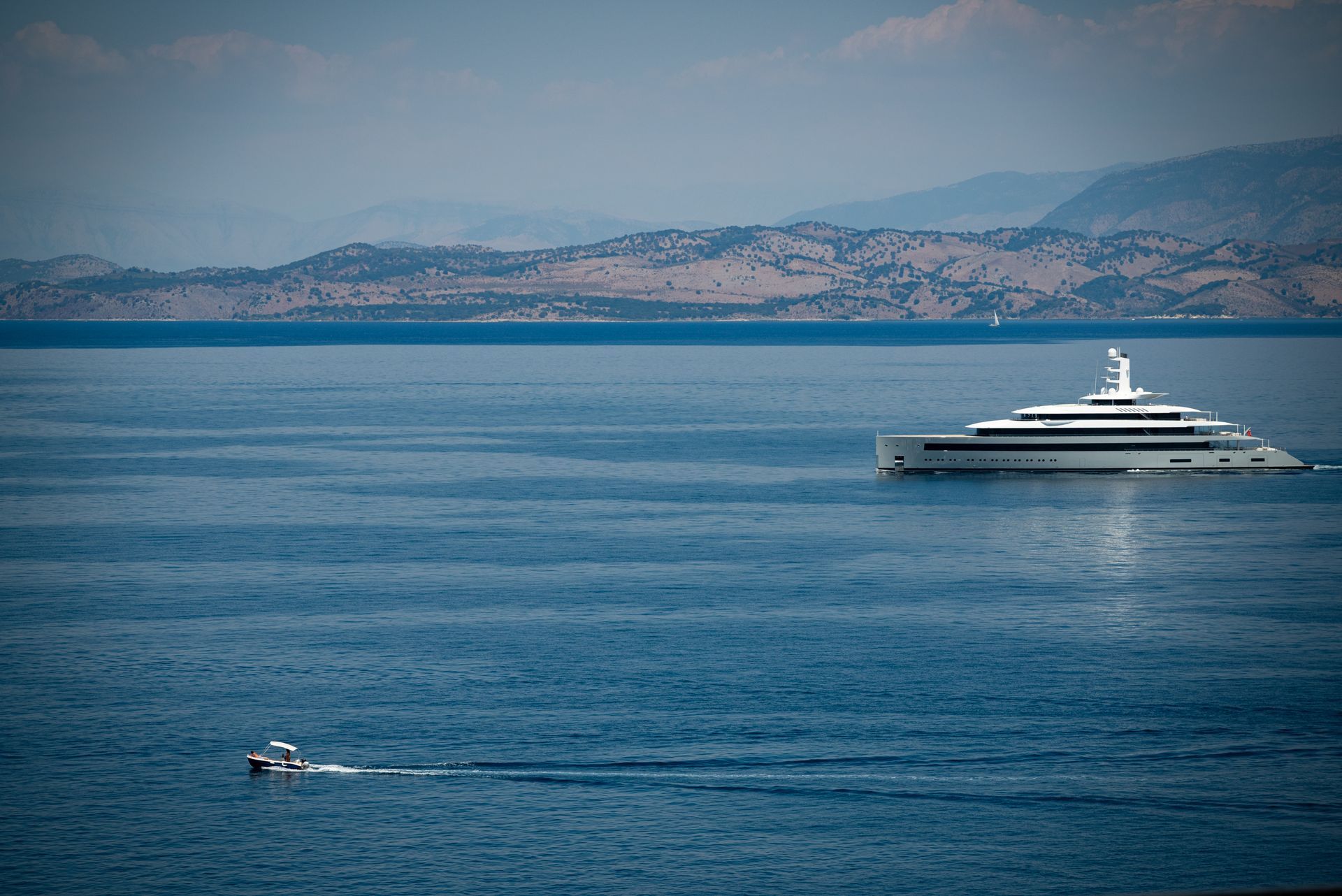
The superyacht industry is entering a new era, driven by technological advancements, sustainability demands, and the preferences of an increasingly eco-conscious clientele. From groundbreaking hybrid power solutions to full hydrogen cell propulsion and 100% electric yachts, the construction of luxury vessels is evolving at an unprecedented pace.
Leading shipyards such as Lürssen, Feadship, Oceanco, Ferretti, and Bilgin Yachts are at the forefront of these changes, setting the standard for innovation and excellence in the superyacht sector. This article explores the latest trends and technologies shaping new-build superyacht construction in 2024.
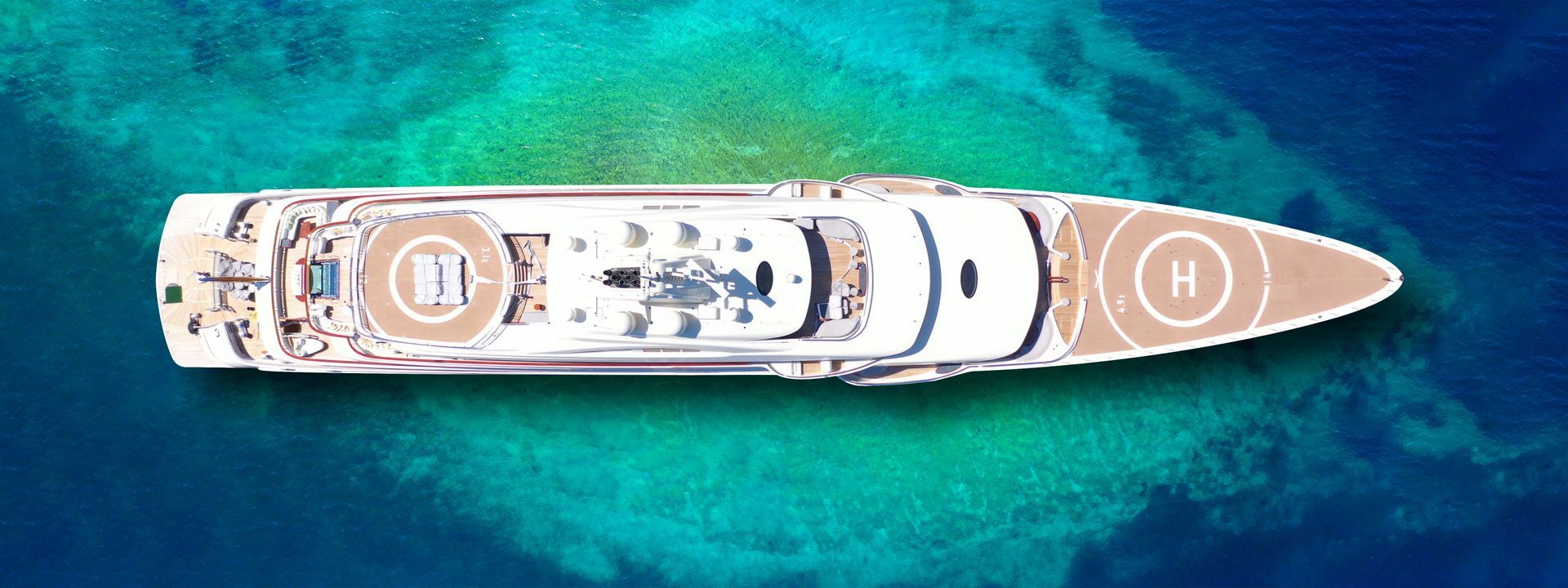
1. Advanced Engineering Technology: Pioneering Performance and Comfort
Modern superyacht construction is characterized by a relentless pursuit of performance, safety, and comfort. Advanced engineering technologies are transforming how superyachts are designed and built, with shipyards incorporating automation, artificial intelligence, and computational fluid dynamics (CFD) into their processes.
Lightweight Materials for Improved Efficiency
To enhance fuel efficiency and performance, shipbuilders are increasingly using lightweight yet durable materials such as carbon fiber, advanced composites, and aluminum alloys. These materials reduce overall displacement without compromising structural integrity, enabling greater speed and range.
Stabilisation Systems
State-of-the-art stabilisation systems, including gyro stabilisers and zero-speed fins, are becoming standard features in superyacht builds. These systems ensure unparalleled comfort by minimising motion, whether the yacht is underway or at anchor.
Digital Twins for Precision Construction
Shipyards like Oceanco are leveraging digital twin technology—virtual replicas of yachts—to optimise every aspect of construction, from hull design to interior layouts. This technology enables precision manufacturing, reducing waste and ensuring perfect alignment with client specifications.
2. Sustainability: Driving a Greener Future
Sustainability has become a cornerstone of superyacht design, reflecting the industry’s response to environmental concerns and stricter regulations. Builders are integrating eco-friendly technologies and materials to reduce the environmental impact of yacht construction and operation.
Sustainable Building Materials
Feadship, for instance, has championed the use of sustainably sourced woods, recycled metals, and eco-friendly coatings. Similarly, Bilgin Yachts emphasises green production methods, reducing energy consumption and waste in their shipyards.
Energy-Efficient Design
The latest superyachts feature energy-efficient hull designs that minimize resistance and maximise fuel efficiency. Innovations like bulbous bows and optimized propeller configurations contribute to reduced emissions without sacrificing performance.
Eco-Certifications
An increasing number of yachts are being built to meet certifications such as the IMO Tier III standard, which ensures compliance with stringent emissions regulations. These certifications underscore the industry’s commitment to sustainability.
3. Hybrid Power Solutions: Balancing Power and Efficiency
Hybrid propulsion systems are among the most significant advancements in superyacht technology, offering a seamless blend of traditional diesel engines and electric power.
Diesel-Electric Hybrid Systems
Shipyards like Lürssen and Ferretti are leading the way with diesel-electric hybrid propulsion systems. These systems allow yachts to operate in electric mode for short distances or low-speed cruising, reducing noise, vibrations, and emissions.
Battery Storage Technology
Modern hybrid yachts are equipped with advanced battery systems that store energy generated by engines or solar panels. This stored power can be used for propulsion or onboard systems, enabling silent, emissions-free cruising.
Case Study: Lürssen’s Project Icecap
Lürssen’s hybrid megayacht, Project Icecap, exemplifies the potential of hybrid propulsion. Featuring an advanced energy management system, it combines diesel engines with electric motors and batteries, enabling highly efficient and flexible operation.
4. Hydrogen Cell Power: The Future of Zero-Emission Yachting
Hydrogen fuel cell technology represents a significant leap toward zero-emission superyachts. By using hydrogen to generate electricity, these systems eliminate greenhouse gas emissions, producing only water as a byproduct.
Early Adopters
Feadship has taken the lead in hydrogen-powered yachts with its pioneering concept, Project Aqua. This 112-meter yacht is designed to operate entirely on hydrogen, demonstrating the feasibility of this groundbreaking technology.
Challenges and Innovations
While hydrogen technology faces challenges such as storage and infrastructure, advancements in compressed hydrogen tanks and onboard fuel cell systems are addressing these issues. Oceanco, for example, is exploring innovative storage solutions to make hydrogen-powered yachts more practical.
Sustainability Benefits
Hydrogen propulsion not only eliminates emissions but also significantly reduces noise pollution, making it ideal for exploring pristine and ecologically sensitive regions.
5. 100% Electric Power: A Bold Vision for the Future
Fully electric yachts are becoming a reality, driven by advancements in battery technology and renewable energy integration.
Solar-Powered Yachts
Sunreef Yachts has made significant strides with its fully electric catamarans, equipped with solar panels and advanced lithium-ion batteries. These vessels offer silent, emissions-free cruising for eco-conscious owners.
Extended Range and Performance
Innovations in battery density and efficiency are extending the range of electric yachts.

Conclusion: Innovation Meets Sustainability in Superyacht Construction
The superyacht sector is undergoing a transformative era, driven by cutting-edge engineering, sustainability, and a commitment to innovation. As shipyards like Lürssen, Feadship, Oceanco, Ferretti, and Bilgin Yachts continue to push the boundaries of what’s possible, the industry is setting new benchmarks in luxury and responsibility.
From hybrid propulsion systems to hydrogen fuel cells and 100% electric yachts, the advancements in new-build construction are not only enhancing performance and comfort but also addressing the critical need for environmental stewardship. Clients are no longer just seeking opulence—they’re looking for vessels that align with their values and embrace the future of sustainable yachting.
As we move forward, the integration of green technologies, eco-friendly materials, and energy-efficient designs will become not just trends but necessities, shaping the yachting industry for generations to come. The superyacht of the future is not just a statement of luxury but also a testament to innovation and environmental care—a true reflection of progress in the marine world.
Superyacht News
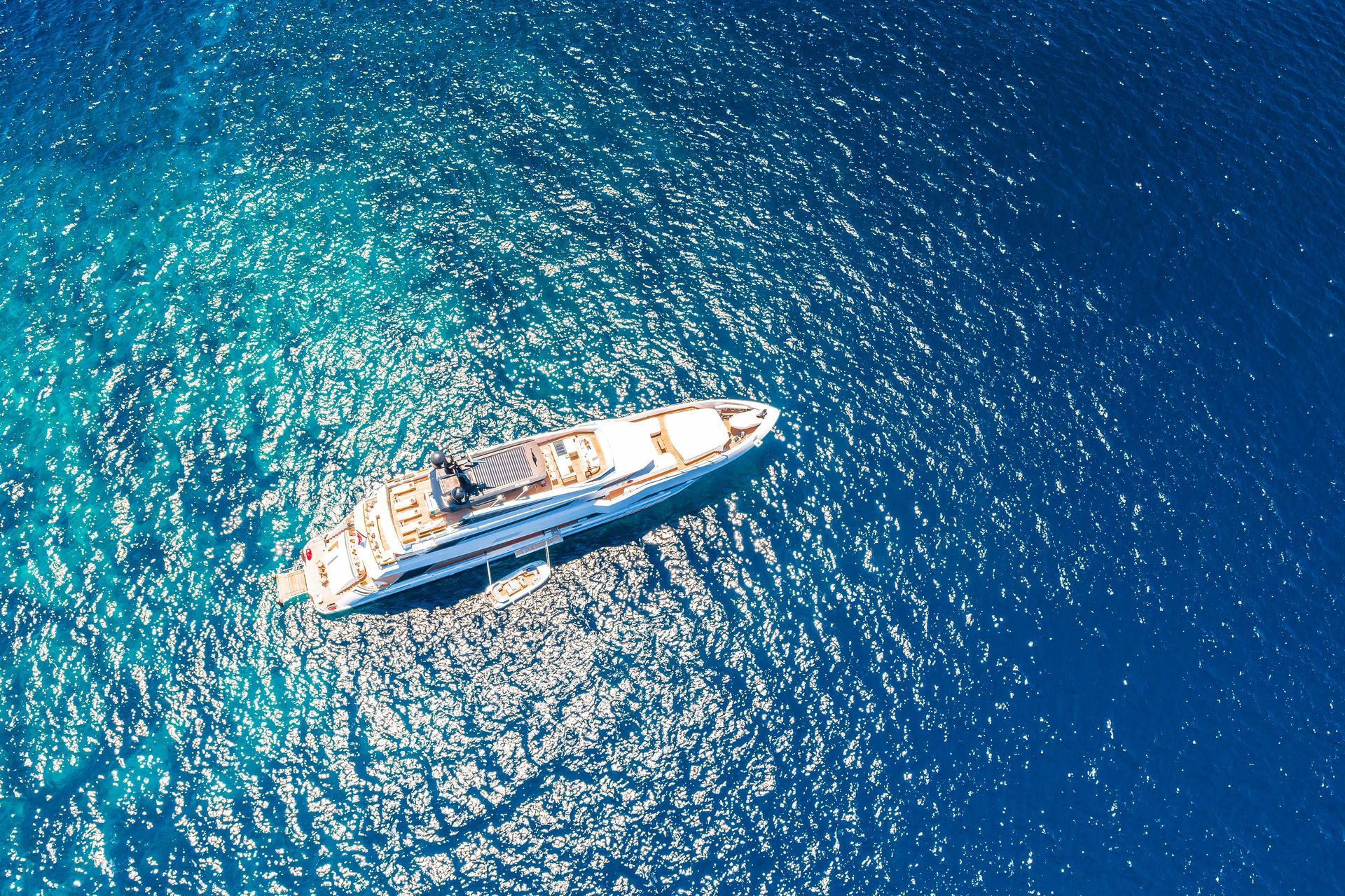

Superyacht Sales UK Ltd
4 Factory Road
Newport
NP20 5FA
Wales
United Kingdom
Receive the latest news and offers.
See our
Privacy page for information on how we handle Personal Information.
Newsletter Subscription
Thank you for subscribing to our Newsletter ... we very much appreciate it.
We never share your Personal Information and you can unsubscribe at any time. Further information can be found on our Privacy page.
Kind regards.
Sorry, there appears to be an error subscribing.
Please try again later. If you continue to experience difficulties - please contact us.
